Research
Updating (Fall 2024): Ancient Stewardship in European Forests (ASEF) Research Group

From the last Ice Age....
Our focus begins after the last Ice Age when landscapes dominated by steppe tundra gave way to spruce/birch forests, and then deciduous mosaics by about 7-8000 years ago. Final Paleolithic and Mesolithic hunter-gatherers lived through these transformations while managing their local environments through controlled fires which encouraged growth of “pyro diverse” communities. We investigate the extent to which the rich biodiversity of Bohemian forests grew around these practices.
....to the present
The earliest Neolithic farmers arrived in Bohemia about 7000 years ago, and initially thrived in environments that had long been managed by hunter-gatherers. The advent of forest grazing and over-exploitation had impact on forest structure by the Bronze Age and expanded through the Iron Age into recent periods. By the 19th century, Kokořínsko and Český ráj became State-protected natural landscapes and figure prominently discussions of nature in Czech Republic today.

Why Kokořínsko and Český ráj?
Protected forests along the Bohemian massif in Northern Czech Republic and are known for their majestic sandstone landscapes. The deep incised valleys of this landscape also create unique preservation conditions. The landscape includes 1000s of natural rockshelters, many of which have deep archaeological layers. In close proximity, there are small buried lakes and wetlands with sequential deposits. In a global context, these conditions are quite rare; Kokořínsko and Český ráj offer unique opportunities to advance methods for understanding human environment influence.
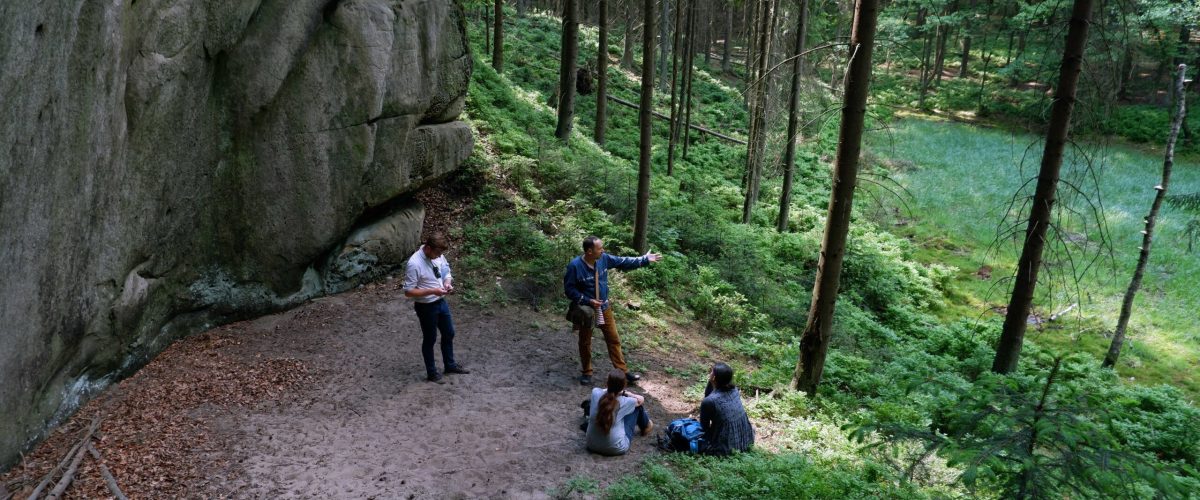
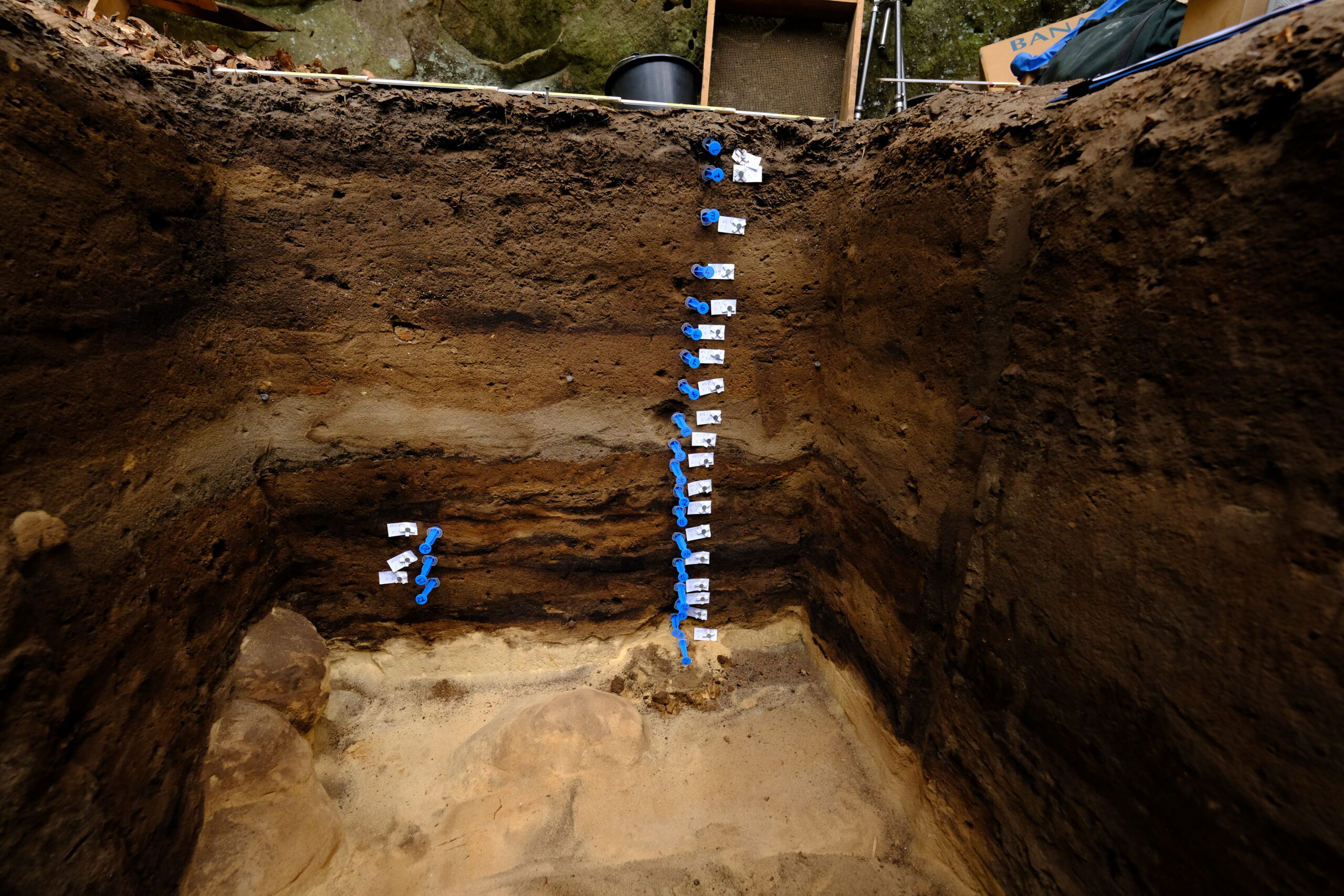
Excellent organic preservation

Well stratified deposits

Close proximity of archaeological and palaeoecological sites
Field and Laboratory Methods
To investigate these histories of human influence on Bohemian forests, our partnered research started in 2017 and has included multiple stages of archaeological excavations, paleoecological coring, and a variety of laboratory analyses.

Palaeoecological coring
Percussion core samples have been collected from buried lakes found in close proximity to archaeological rockshelters. These contexts have sequential microlayers containing pollen, microcharcoal, fungal spores, snail shells, and many other remains that provide insight on localized environmental change.
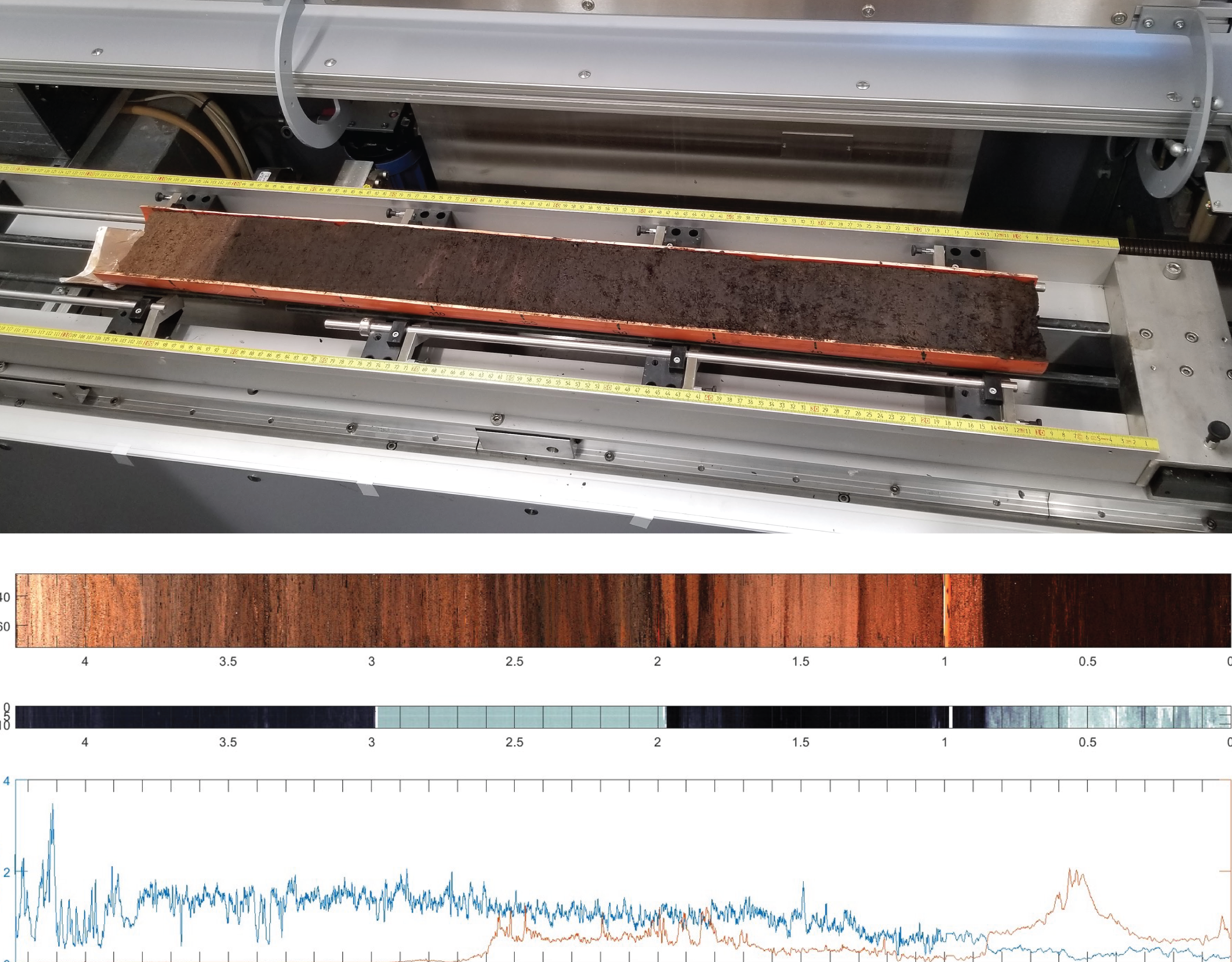
Modelling anthropogenic influence
Drawing archaeological and palaeoecological research threads together, the research group has worked to identify human factors in the post-glacial ecological succession of Bohemian forests. Work so far has focused on the impact of fire-management practices that encourage pyro-diversity, and the intentional translocation of species.

Archaeological excavation
The research group has conducted archaeological excavations at key rockshelter sites with layers that span the Late Paleolithic, Mesolithic, Neolithic through Bronze Age. Analyses of macro and micro remains recovered at these sites give insight into human practices through time.
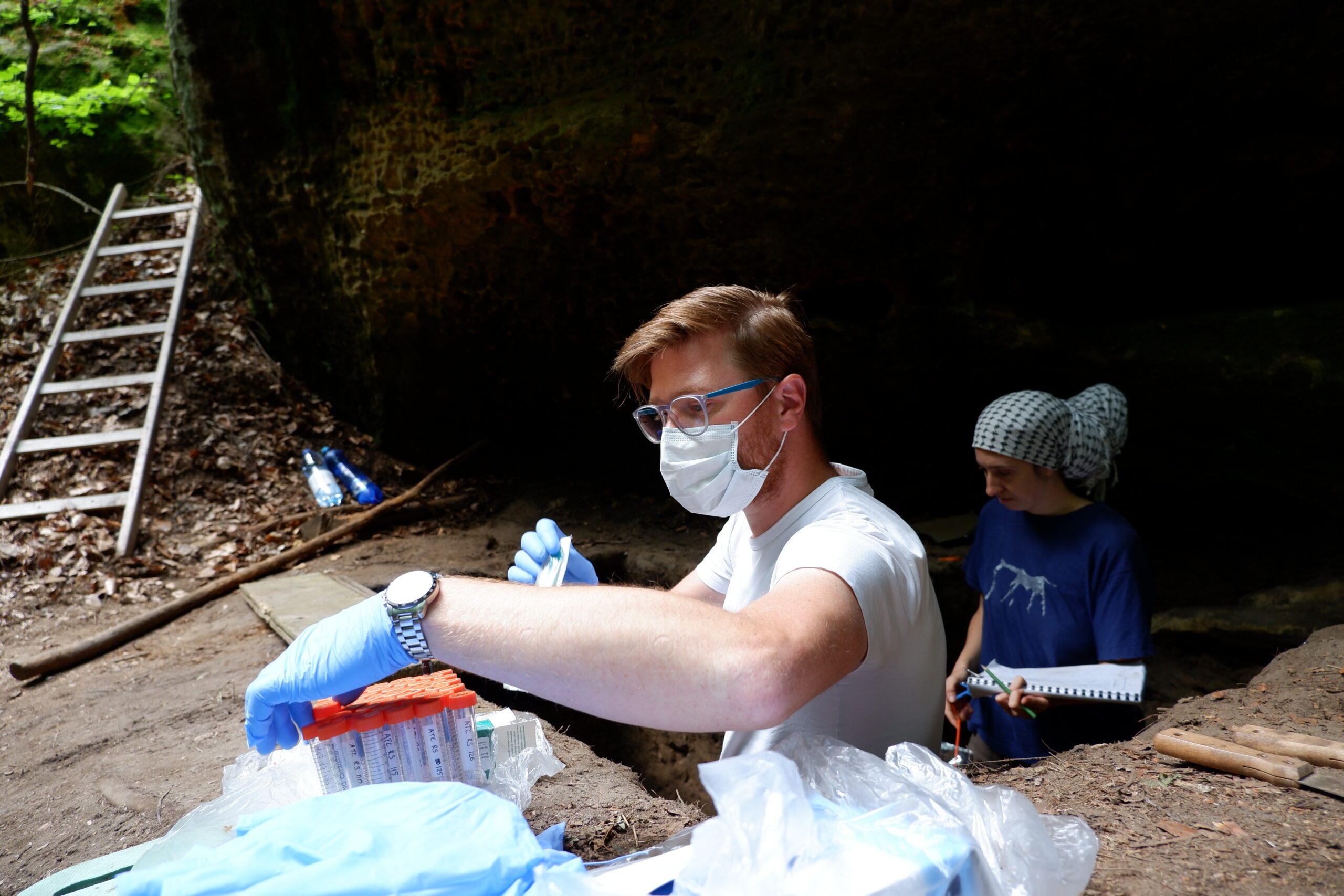
Ancient environmental genomics
In partnership with the Globe Institute at the University of Copenhagen, the unique preservation conditions in Kokořínsko and Český ráj have allowed the research group to apply and develop a cutting-edge approach called sedimentary DNA (sedaDNA). SedaDNA involves the extraction and sequencing of fragmentary genetic material bound to sediment. Using this approach we are examine a much larger range of changes in human practice and environmental change. Early results on successful applications should be published in 2023.
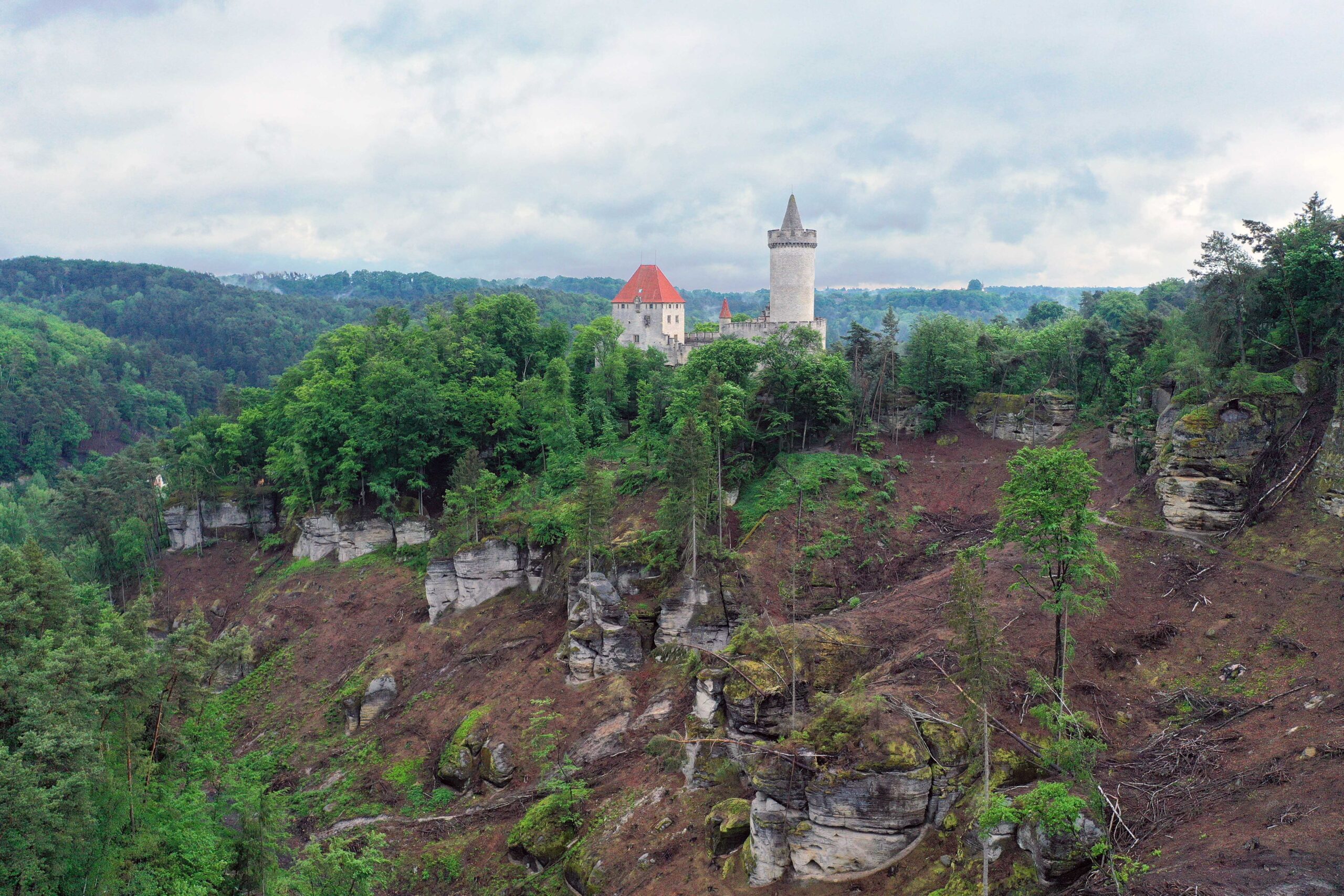
ASEF and management of Bohemian forests today
Understanding ancient management of forests is important and can help create conservation practices that address the vulnerability and future of Bohemian forests. Indeed, the summer of 2022 saw dramatic forest fires across protected areas in Northern Bohemia. These events highlighted the vulnerability of forests once disconnected from deep histories of stewardship. Recent decades have shown hypersensitivity of protected areas to infestation and drought. Our research can help reconstruct the original pyro-diversity and resilience of Bohemian forests and help adjust conservation decisions which have historically seen these landscapes as pristine or primordial.